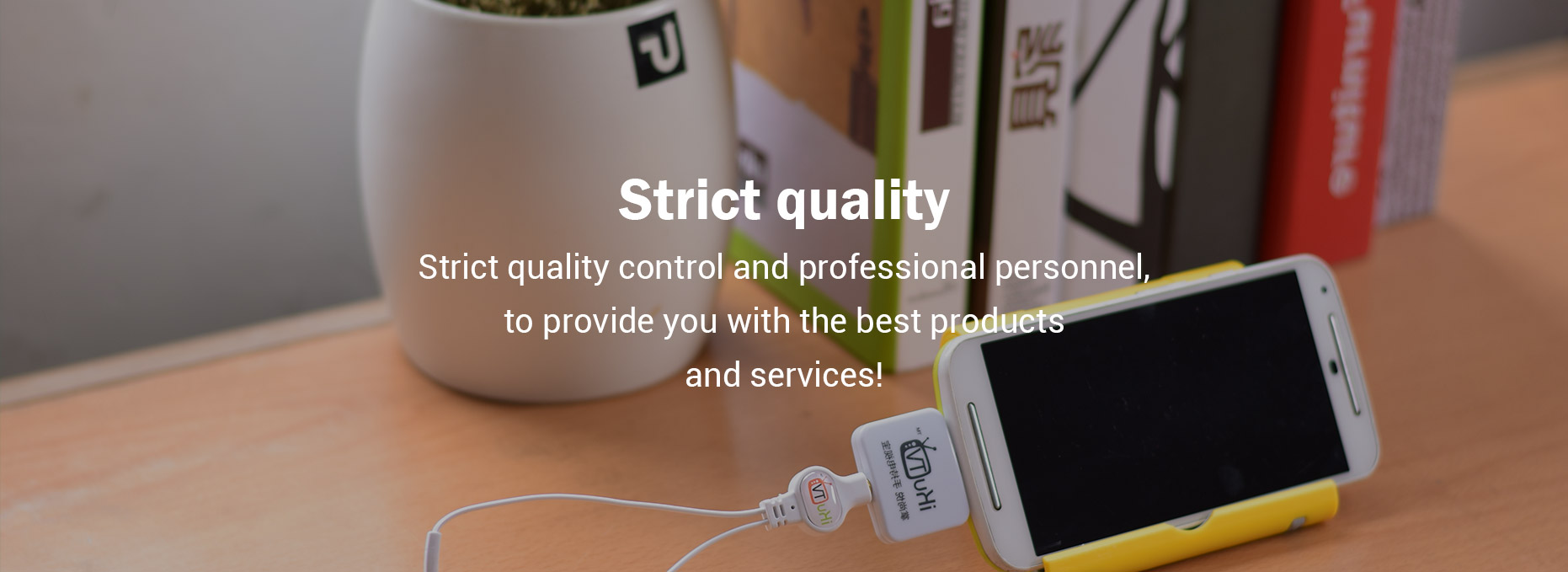Are Your TPMS Sensors Warning You of Serious Tire Issues?
Have you ever noticed that little warning light on your dashboard that looks like a tire? That could be your Tire Pressure Monitoring System (TPMS) sensors trying to tell you something important about your tires. Understanding what these sensors communicate can save you from serious tire issues and keep you safe on the road.
If you are looking for more details, kindly visit TPMS Sensor 315mhz distributor.
What is a TPMS?
First things first: What exactly is a TPMS? This system is designed to monitor the air pressure in your tires. It can alert you when the pressure is too low, which could lead to decreased fuel efficiency, reduced traction, or even tire blowouts. For instance, the National Highway Traffic Safety Administration (NHTSA) estimates that proper tire inflation can improve fuel efficiency by 3.3%, and that’s money saved in your pocket!
How Do TPMS Sensors Work?
TPMS sensors are usually located inside the tire or mounted on the valve stem. When the air pressure drops below a certain level, the TPMS sends a warning signal to your vehicle's dashboard. This is particularly helpful because it can happen without you even noticing. Imagine driving down the highway and suddenly discovering that one of your tires is underinflated. The TPMS sensor—working silently to protect you—helps prevent such surprises.
One notable advancement in TPMS technology is the move to a 315 MHz frequency. This allows for better communication between the tire sensors and your vehicle’s onboard computer. If you're looking for reliable options, a reputable TPMS Sensor 315MHz distributor can provide you with high-quality sensors that perfectly match your vehicle's needs.
Real-Life Application: Understanding the Warning
So, what should you do if your TPMS warning light comes on? Ignoring it might lead to tire failure, which can be dangerous. According to statistics, underinflated tires contribute to around 660 fatalities each year in the U.S. alone. Therefore, when that warning light blinks, treat it like a friend trying to offer you a heads-up.
A simple action you can take is to check your tire pressure after a TPMS warning. Most gas stations have tire pressure gauges available. You might be surprised to find that one or more of your tires are significantly under-inflated. Regular checks and awareness can save you time and money and ensure a smoother ride.
Innovations in TPMS Technology
Recent advancements in TPMS technology have paved the way for smarter, more responsive systems. You can now find sensors that can not only monitor tire pressure but also check for temperature changes or abnormal tire wear. These features help drivers enhance safety and avoid costly repairs down the line. Imagine driving a vehicle where tire-related issues are remotely monitored, providing alerts right to your smartphone. That's not just futuristic; that’s the modern-day automotive experience!
As a bonus, many newer car models come with integrated systems that offer detailed dashboards and alerts tailored to your driving habits. These systems provide critical insights, making it easier for drivers to maintain tire health proactively.
Looking Ahead: Continuous Improvement
The automotive industry is constantly evolving, and TPMS technology is no exception. Innovations don't just make driving safer; they also contribute to sustainability goals. For example, maintaining proper tire pressure enhances fuel efficiency, which translates to lower emissions. This aligns perfectly with the increasing consumer demand for environmentally friendly vehicles.
In the future, we could see even more advanced applications, such as AI-powered insights that analyze your driving patterns and recommend when to replace tires based on wear and tear. This kind of foresight can lead to enhanced vehicle performance and long-term savings for consumers.
Conclusion: Your Safety is Key
Ultimately, understanding your TPMS is about recognizing it as a creative blend of technology aimed at keeping you safe. When your TPMS sensors wave the red flag, it’s essential to pay attention. Remember, regular maintenance and checks can not only extend the life of your tires but also contribute to a safer driving experience. Whether you’re commuting to work or embarking on a weekend adventure, a well-maintained vehicle will always reward you with peace of mind. So, next time that light shines bright, you’ll know exactly what to do!
Contact us to discuss your requirements of universal tpms sensor. Our experienced sales team can help you identify the options that best suit your needs.



Comments